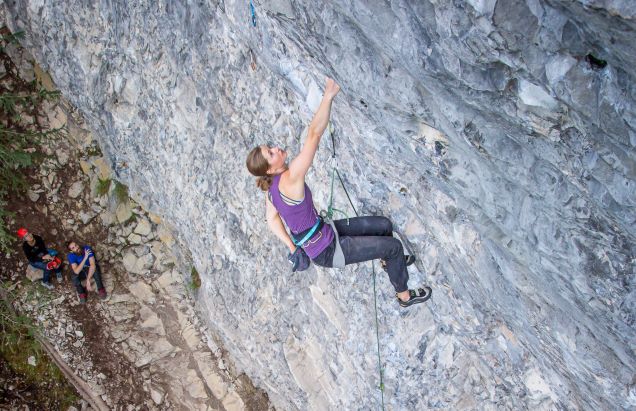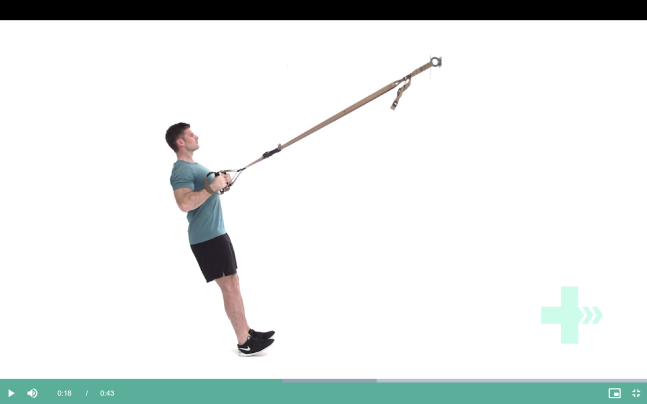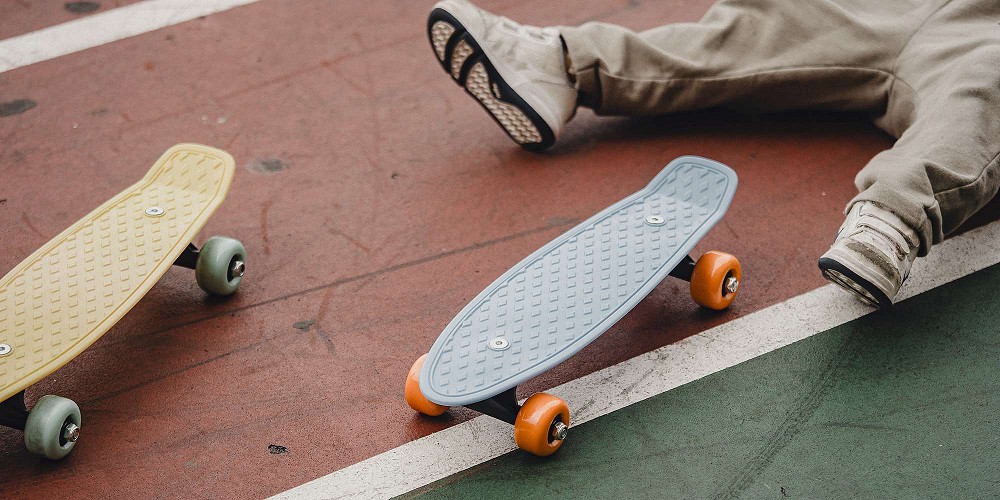Shoulder Health for Rock-Climbing
Article by Nicole Tos
Understand the importance of building strength and resilience through the shoulder joint to continue climbing injury-free.


Within the rock-climbing community, there is often a lot of discussion on the importance of finger strength. While strength in the hands and fingers are important, one joint that may get overlooked is the shoulder joint. A self-reported study published in 2018 found that nearly 20% of climbing-related injuries were related to the shoulder in both experienced and novice climbers (1). Another study in 2016 found that 56% of survey participants that reported upper body extremity injuries had chronic or residual symptoms (2). Further, the only upper body injury site to be more common in females than males was the shoulder.
Hence, it is useful for all climbers to understand the shoulder and how to strengthen this important joint.
The Shoulder
The shoulder complex is composed of four joints: the glenohumeral (GH) joint, acromioclavicular (AC) joint, sternoclavicular (SC) joint, and scapulothoracic (ST) joint (3). The GH joint is the area people typically think of the shoulder, essentially it lies between the area of the underarm to the top of the shoulder and is composed of a ball and socket structure which allows for a large amount of movement through this area. The AC joint is a connection point between the clavicle, the bone that lies in the front part of the shoulder/chest area, and the acromion, which is a piece of bone that extends forward from the shoulder blade. The scapula, or shoulder blade, is a flat triangular bone at the back of the shoulder region which sits flat on the upper ribs. The SC joint is the other connection point from the clavicle (front bone of the shoulder) to the sternum, which is the bone that lies in the middle-point of the chest. The last joint of the shoulder, the ST joint is the connection joint between the shoulder blade and the thoracic spinal region.
One interesting point to note is that the ST joint is the only joint of the shoulder that does not have ligaments, which are bands of connective tissue which hold bones of the body together (4). Instead, the ST joint joins bones by muscular connections. Therefore, it is important to strengthen the muscles that compose this joint as there are no back-up ligaments available for support.
Exercises for strengthening the shoulder
A few exercises that some climbers use to strengthen the shoulder joint are external rotation pulls and a row exercise.

External rotation pulls:
There are many options to strengthen the muscles responsible for external rotation of the shoulder. Some include using an elastic band held between both hands, and keeping elbow bent to 90 degrees and close to the body, turn one hand away from the midline of the body. Repeat with good form until fatigue to help build strength.
Another harder variation which is often completed with free weights, is bringing the elbow away from the side and putting it in line with the shoulder. This would be 90 degrees from the body keeping elbow and shoulder at the same height. From here, the same motion is performed of lifting the wrist/hand up towards the sky.
Make sure to keep the wrist strong and not bending throughout all these variations.

Suspended row:
Another good exercise for the shoulder but more specifically for the ST joint muscles is a row exercise. This can be performed with a simple elastic band for the easiest variation. In standing, the band would be attached to an anchor point in front and with one end of the band in each hand, pull the elbows backwards as if you were thinking of bringing shoulder blades together in the midback region.
A more challenging variation can be completed with free- hanging equipment such as a TRX or gymnastic rings. One must lean backwards while holding the rings and perform the same pulling motion. This exercise is made more challenging by walking the feet under the anchor point which makes the body more horizontal as opposed to more vertical.
Once again, repeating until fatigue will help build strength. Holds of 5-10 seconds at the top position (squeezing shoulder blades together) can also be helpful in achieving fatigue of the muscles.
Be aware that these exercises are two of many possibilities to strengthen the shoulder. To better understand which exercises are the best for your shoulder and climbing goals, come in to be assessed by one of our physiotherapists.
Happy climbing!
References:
- Grønhaug G. Selfreported chronic injuries in climbing: who gets injured when? BMJ Open Sport & Exercise Medicine 2018;4:e000406. doi:10.1136/ bmjsem-2018-000406
- Nelson, C.E., Rayan, G.M., Judd, D.I., Ding, K. and Stoner, J.A., 2017. Survey of hand and upper extremity injuries among rock climbers. Hand, 12(4), pp.389-394.
- https://www.physio-pedia.com/Shoulder
- https://www.physio-pedia.com/Ligament
You May Also Like...
-
 ArticleView Post
ArticleView PostAssessment & Treatment of Post Concussion Syndrome
Take a look at the latest information on the management and treatment of Post Concussion Syndrome (PCS).
-
 ArticleView Post
ArticleView PostCan Poor Posture Cause Jaw Pain?
Posture is the position in which we hold our bodies while standing, sitting, or lying down. What does it have to do with jaw pain?
-
 ArticleView Post
ArticleView PostPhysiotherapy After Breast Cancer
Physiotherapists have an important role to play in the recovery process for patients who have had treatment for breast cancer.